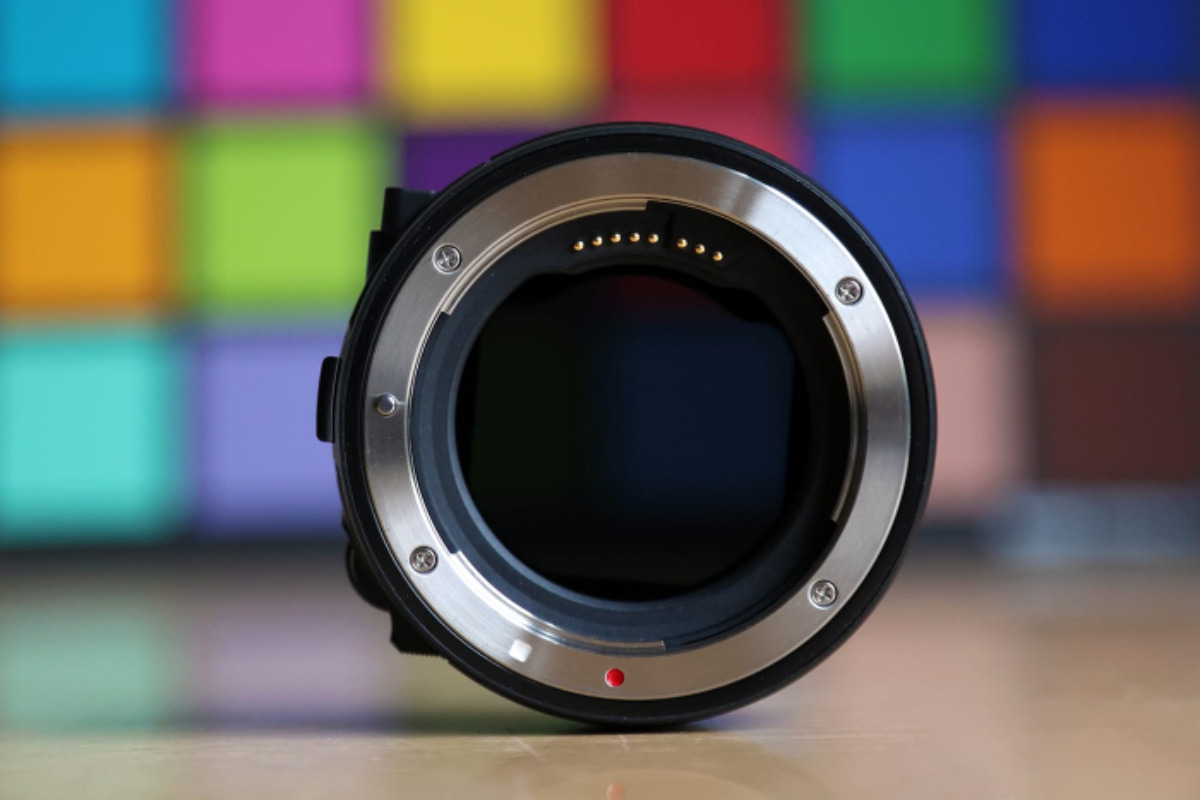A variable ND (neutral density) filter is a screw-on lens filter that allows you to control the amount of light hitting the sensor, by turning the filter’s ring. Kind of like sunglasses for your lens. The nice thing about ND-filters is that they do not affect the motion- (like shutter speed), depth-of-field- (like aperture) or noise- (like ISO) characteristics of your image. By adding an ND-filter, you can limit the amount of light, while keeping the aperture wide open.
There are some downsides to using an ND-filter though: because ND filters screw onto the front of your lens and different lenses have different diameters, you need several ND filters. A solution to this issue would be to buy an ND filter that fits your largest-diameter lens (e.g. 77mm) and use step-down rings to adapt the filter to other lenses. The downside of this approach is that you have to screw on/off your filter every time you change lenses.
If you have a Canon RF-mount camera, the RF to EF adapter with built-in variable ND is a more elegant solution. Because the ND-adapter sits between the body and the lens, you can use the same adapter with any lens, and the filter is automatically protected from dust and scratches. Meike makes a similar adapter, which is a lot cheaper than the Canon version and also performs a bit better on the darkest settings.

The Canon RF-EF adapter with built-in variable ND adapter
Another neat option are the Freewell magnetic variable ND filters which you can just click on- and off your lens. You can even stack several filters on top of one another.
Another annoyance I’ve found with ND-filters is that they never come with a lens cap (and the one that came with your lens doesn’t fit). This is quite unhandy when you want to temporarily stow away your camera and lens. The only brand I know of that does provide a lens cap with their filters are PolarPro (they’re also the most expensive…)
Do keep in mind that variable ND’s (especially cheaper ones) can lead to a loss of sharpness, and some add a purple, blue or green tint to your footage. Expect to pay $150+ for a good variable ND filter that doesn’t degrade the sharpness and colors of your footage. If you want the best quality ND filters at a lower price, you could opt for a non-variable ND (and ND filter that stops the light by a fixed amount). From my experience I would only advice this in situations where you have control of the light, otherwise you’ll be changing filters a lot.
